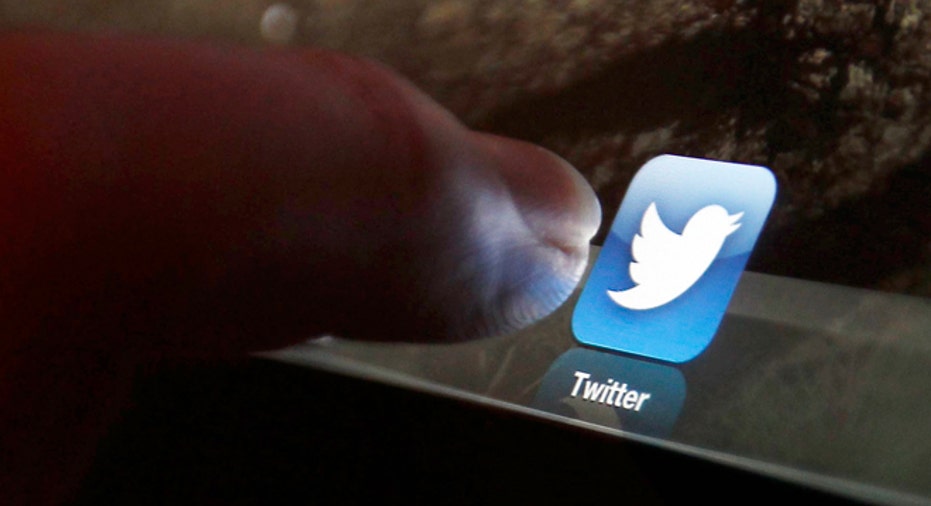Twitter Takeaways from the Balthazar, Business Insider CEO Drama

Last week, Business Insider CEO Henry Blodget dined at New York’s famous Balthazar restaurant, only to take to his website and Twitter later that morning to express dissatisfaction with the eatery’s bathroom attendant service, which he called “invasive, embarrassing, and annoying.”
Perhaps surprisingly, Balthazar restaurateur Keith McNally actually responded to Blodget’s complaints via an email to FirstWeFeast.com reporter Foster Kamer – and said he would be relieving the bathroom attendants of their duties in the next few weeks.
As many on Twitter expressed outrage that a wealthy CEO’s blog post resulted in bathroom attendants getting fired, Blodget once again took to Twitter to push McNally into hiring the attendants as wait-staff:
In the end, McNally responded with yet another email to Kamer, saying he would hire the attendants in other capacities – but branding expert and Landor managing director Allen Adamson says the damage has already been done.
“[McNally] should have done that at the beginning. It’s too little, too late, because Twitter happens in real time,” says Adamson. He says that upscale brands like Balthazar are expected to do the right thing – and when they don’t, they make for prime targets on social media.
In terms of branding and image, Adamson says the whole back-and-forth controversy over the attendants has been more damaging for Balthazar than it has been for Blodget.
“There are so many restaurant choices in New York. You don’t want to give people any reason not to come,” says Adamson. While Adamson says listening to customers is always a good thing, it’s not as simple as that when it comes to social media. Here are his four tips for business owners responding to criticism on Twitter:
No. 1: Don’t react to every complaint.
“The trick is listening to the majority of customers – not necessarily one customer,” says Adamson. He says reacting to each and every individual criticism will inevitably end up leading your brand astray, not to mention will likely end up irritating more customers in the end.
“The best brands have their own internal guidance and GPS, with their own sense of what’s right and wrong,” says Adamson.
No. 2: Take the conversation private.
Adamson says McNally should have privately responded to Blodget’s complaints, rather than emailing a journalist to announce the attendants would be let go.
“There are times when someone makes a comment that it’s better to address it one-on-one rather than one-on-millions,” says Adamson, as Twitter turns everything into fodder for public debate. Adamson says McNally should have privately approached Blodget to say he was already considering a change in policy, rather than announce the layoffs in a public arena.
No. 3: Don’t reprimand employees publicly.
When it comes to branding, Adamson says it’s never good for a company to discuss employee issues in front of customers. “Even if they did something inappropriate, you end up best addressing it privately,” recommends Adamson.
No. 4: Be aware of the optics of the situation.
Adamson says the situation caught the attention of the media and Twitter users because Balthazar has such an “upscale, la-di-da brand.” Because of the current economy and the fact that so many workers are still searching for jobs, Adamson says McNally’s initial decision to let the attendants go was viewed particularly negatively by many on Twitter.



















